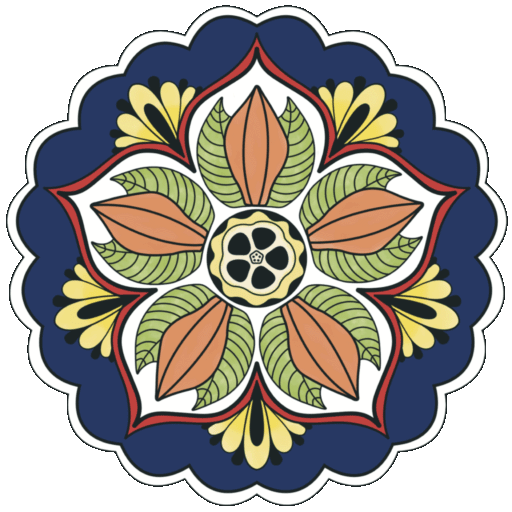the CAcAo
and its origin
The Cacao
Tree
The cacao tree, also known as Theobroma cacao by its scientific name – which translates to “food of the gods” – is a tropical treasure that grows in the equatorial regions, between 20 degrees north and south latitude. This unique tree produces impressive fruits that grow directly on its trunk, a rare trait in the plant world. Each fruit contains between 30 and 40 cacao beans, encased in a sweet, aromatic white pulp.
Cacao trees love shade and prefer to be planted among taller trees, such as coconut palms or banana trees. They also prefer cooler altitudes, so plantations are often located at the foot of mountains, about 400 meters above sea level. These factors contribute to the development of cacao beans with intense and complex flavours, essential for high-quality chocolate.
The Cacao Fruit A Gift of Nature
The flowers of the cacao tree are unique: they have no scent, which means they cannot attract bees for pollination. Instead, the tree depends on other insects to ensure the process. As a result, insecticides are rarely used on cacao plantations, allowing for a natural balance of the ecosystem.
Harvesting cacao fruits is an art. It takes place twice a year, but in some regions the fruit can be harvested continuously throughout the year. After the fruits are picked, the beans are extracted by hand, and the white pulp that surrounds them is left to ferment, which is key to developing complex flavours. Nothing is wasted – the fruit peels and stems are turned into a natural compost, which helps fertilize the soil and attract beneficial insects for pollination.
Cacao Beans
The Heart of Pure Chocolate

The first stage of transformation
After harvesting, the beans are taken to the fermentation stations, where they are placed in wooden crates. Each crate weighs one ton. The crates are set on several levels, allowing the beans to be tipped over from one crate to another, in a cascade. The fermentation process takes about a week and is essential for the end quality of the chocolate. The reaction of the natural yeasts with the sugar-rich pulp (which surrounds the beans) causes the mass to heat up, stopping the germination of the beans and developing the precursors of the chocolate aroma.

Preparing for perfection
After a week of fermentation, the white sugar pulp has disappeared and the beans are ready for drying. They are spread out in the sun, on mats or on concrete platforms. This process takes another week, during which the moisture content of the beans drops to 7-8%. This step is crucial to preserving the quality of the beans and enhancing their natural flavours.

From nature to glorious chocolate
Fermentation and drying are fundamental steps to turn the cacao beans into an exceptional end product. These processes not only intensify the flavors, but also preserve all the nutritional benefits of cacao, a true superfood.
Finally, the cacao beans are collected and packed in jute bags, ready for export.
At Livstory, in the Bean to Bar process, we preserve all the nutritional values and natural antioxidants of cacao, offering you a chocolate that not only delights your taste buds, but nourishes and supports your body. With each bite, we invite you to discover the authentic story of the cacao bean and the energy of the places where it was grown.

